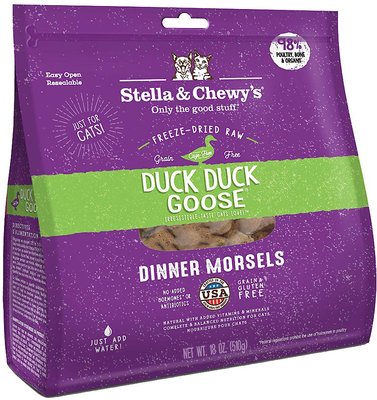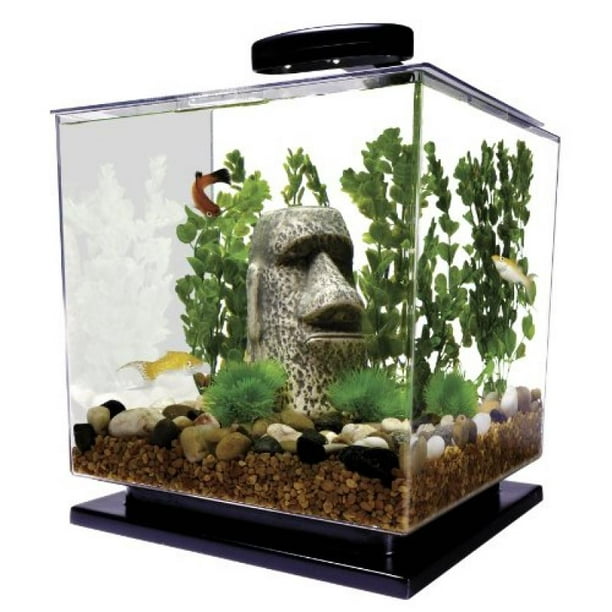Taste of the Wild Pacific Stream Canine Recipe with Smoke-Flavored Salmon Dry Dog Food
This egg-free recipe* gets all its animal protein from fish, meaning that it’s rich in the omega fatty acids that help keep skin healthy and fur smooth and shiny, and may be a good option for dogs with food sensitivities. The sustainably sourced, smoke-flavored salmon taste will satisfy any dog’s inner wolf, while meticulously selected ingredients provide the proper nutrient levels for the overall health and vitality of adult dogs.
This egg-free recipe* gets all its animal protein from fish, meaning that it’s rich in the omega fatty acids that help keep skin healthy and fur smooth and shiny, and may be a good option for dogs with food sensitivities. The sustainably sourced, smoke-flavored salmon taste will satisfy any dog’s inner wolf, while meticulously selected ingredients provide the proper nutrient levels for the overall health and vitality of adult dogs.
- Real Salmon – Salmon, the number one ingredient in this recipe, provides high-quality protein and omega fatty acids for skin and coat health.
- Species-Specific Probiotics – Healthy digestive and immune systems are vital to the overall health of your pet. Our proprietary K9 Strain Probiotics are developed specifically for dogs and added after the cooking process to ensure viability. Each pound of Taste of the Wild provides 80 million live, active cultures that help support healthy digestive and immune systems.
- Great for Adult Dogs – This recipe is specifically designed to provide complete nutrition and help maintain the sleek condition of good health for your adult dog.
- Egg-Free Recipe* – This recipe is made without eggs or egg products, which may be suitable for dogs who have a sensitivity to eggs. *The facility in which this food is made also makes food that may contain other ingredients, such as grains and eggs. Trace amounts of these ingredients may be present.
- Dried Chicory Root – This source of prebiotic fiber provides fuel for the beneficial probiotic bacteria in the digestive system.
- Antioxidants – Vegetables, legumes and fruits, including sweet potatoes, peas, tomatoes, blueberries and raspberries, provide nutrients that help support your dog’s overall well-being, while guaranteed levels of zinc, selenium and vitamin E support the immune system.
Additional information
| Country of Origin | Made in USA |
|---|---|
| Breed Size | Extra Small, Small, Medium, Large, Extra Large |
| Flavor | Salmon |
| Health Features | Immune System Support, Digestion Support, Skin & Coat Health |
| Life Stage | Adult |
| Primary Flavor | Salmon |
| Special Diets | Probiotics, Grain Free, AAFCO Formulated, Omega Fatty Acids |
| Manufacturer Part Number | 9565 |












by Nala
Perfect for my girl
by Tyler
Great food with solid ingredients.
by Ranch
My Labrador retriever loves taste of the wild salmon flavor dog food and our French Bulldogs do too.
by Corina
Great food for my dogs a healthy choice.
by Birdie
I started using this food because a pup of mine had skin allergies. I researched Taste of the Wild and decided to give it a try. It worked great for him. Recently, I received another puppy (both are Boston Terriers) who was missing a lot of hair, along with itchiness and eye discharge. This food cleared her of any itchiness, hair loss, and eye discharge. They are both doing great on this food, and both have beautiful, shiny coats to show for it. I often get asked what I feed them because of their coat condition. I would highly recommend this food to anyone.